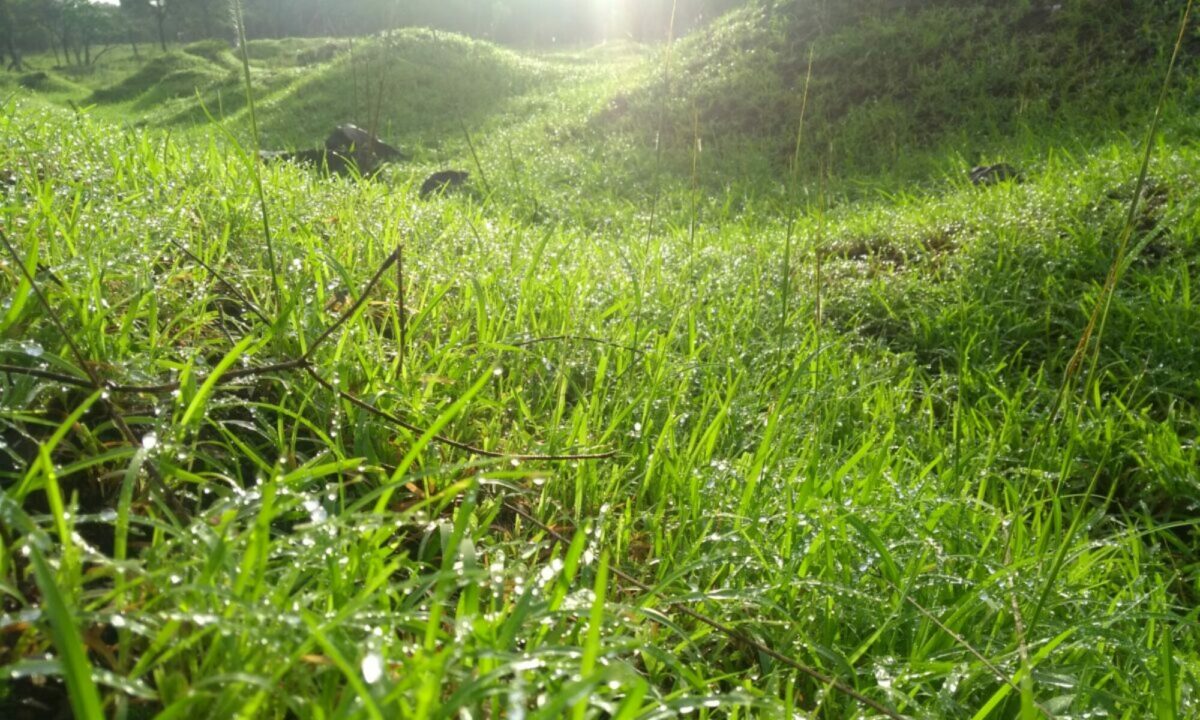I am participating in the April AtoZ Blogging challenge and my theme is Plants featured on Indian Stamps. This is my eight attempt at the AtoZ.
My theme is inspired by an online talk by Daniel L Nikrent of Cornell University, USA held by Maharashtra Vriksha Samvardhini about Parasitic Flowering Plants featured on Stamps.
I am not a stamp collector nor a fan of stamps. Hence almost all my posts are purely based on research on the internet. I have tried to cross check the info before posting here. Please do share correct info and links to the same in case of discrepancy.
India Post has a very strong network reaching deep deep into the interiors of the country and I depended on it for news from home when we were posted in far away places. In this age of smartphones, Internet, how many of us really write letters – snail mail as they are now called? Despite this , I find that new stamps are being issued and we have stamps on diverse topics including Armed Forces, Films, Personalities, Wildlife, Handlooms, Handicrafts, Food and so on.. It is amazing!
As in every AtoZ challenge, a couple of alphabets are challenging and we end up stretching the theme so as to complete our AtoZ posts.
At the alphabet Q, today, I find myself in such a dilemma and am taking such liberty in the choice of stamps to talk about.
I have chosen two stamps depicting plants that the British have played a major role to make them major crops in the country. Namely Rubber and Tea. These two have been mentioned as plants that have influenced history in Prof PK Ghanekar’s book “Itihas Ghadavinarya Vanaspati”.
Rubber or Hevea brasiliensis of the Euphorbiaceae family. I have a dedicated a post to Rubber that you will surely find interesting. You can read it here.
Here is another post that gives the history of Rubber’s journey from South America to India and South East Asia.

Tea or Camellia sinensis of the Theaceae family is a naturalised species in India. This page on the Indian Tea Association website, describes how the British set up huge Tea plantations in India.

After reading this info, and the British influence in development of these plantations in India, may be you will agree that Q is for Queen!
The India Postage Stamps website has a complete catalogue of stamps. Please click the link to see many many wonderful stamps.
Colnect is a comprehensive portal for Stamp collectors. It gives detailed information about every listed stamp. Click here for detailed info about Stamps – what is a stamp, types, formats, water marks, perforations and much more.
You can catch up with my previous posts here. We meet tomorrow for yet another beautiful plant and its stamp!
Take care! Stay Happy!
